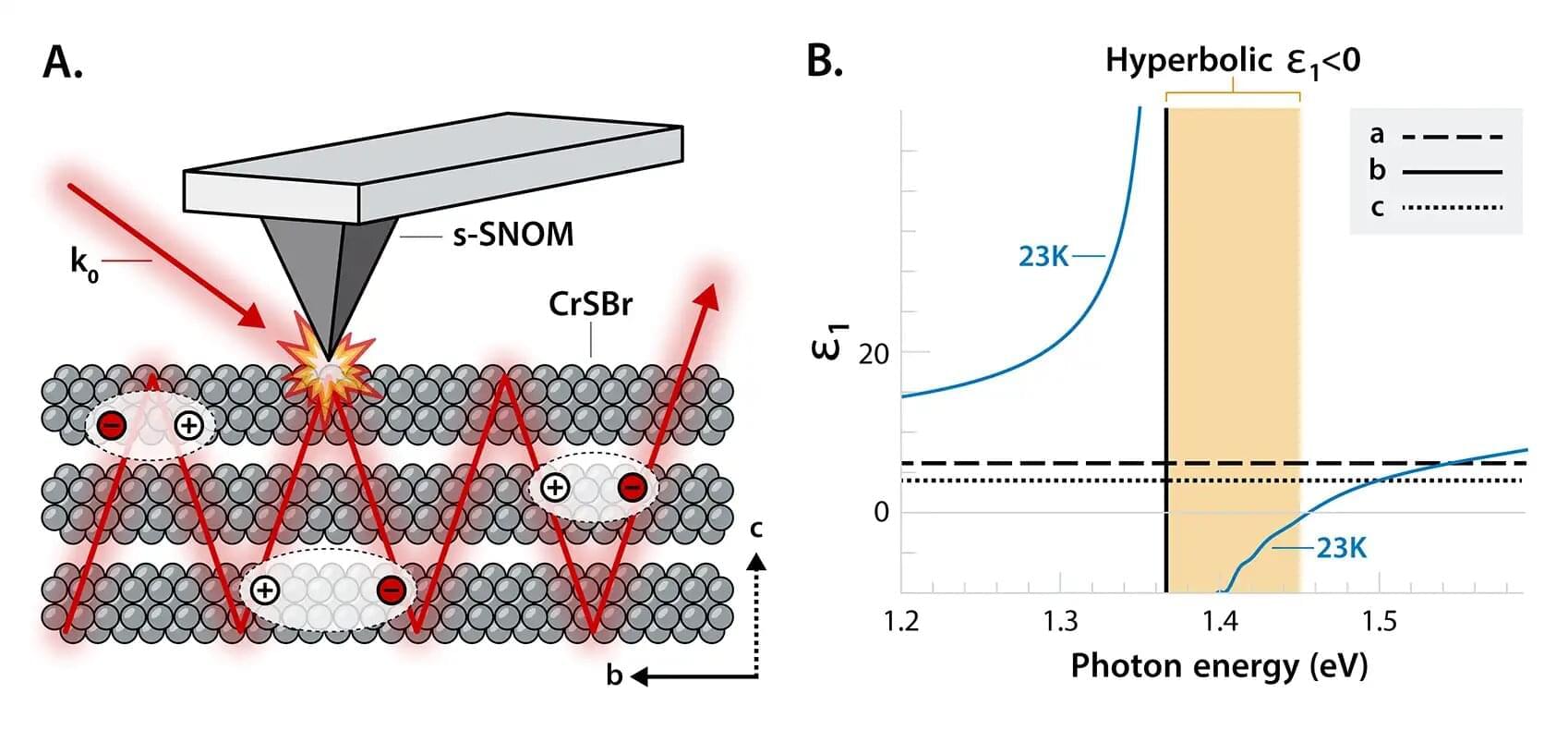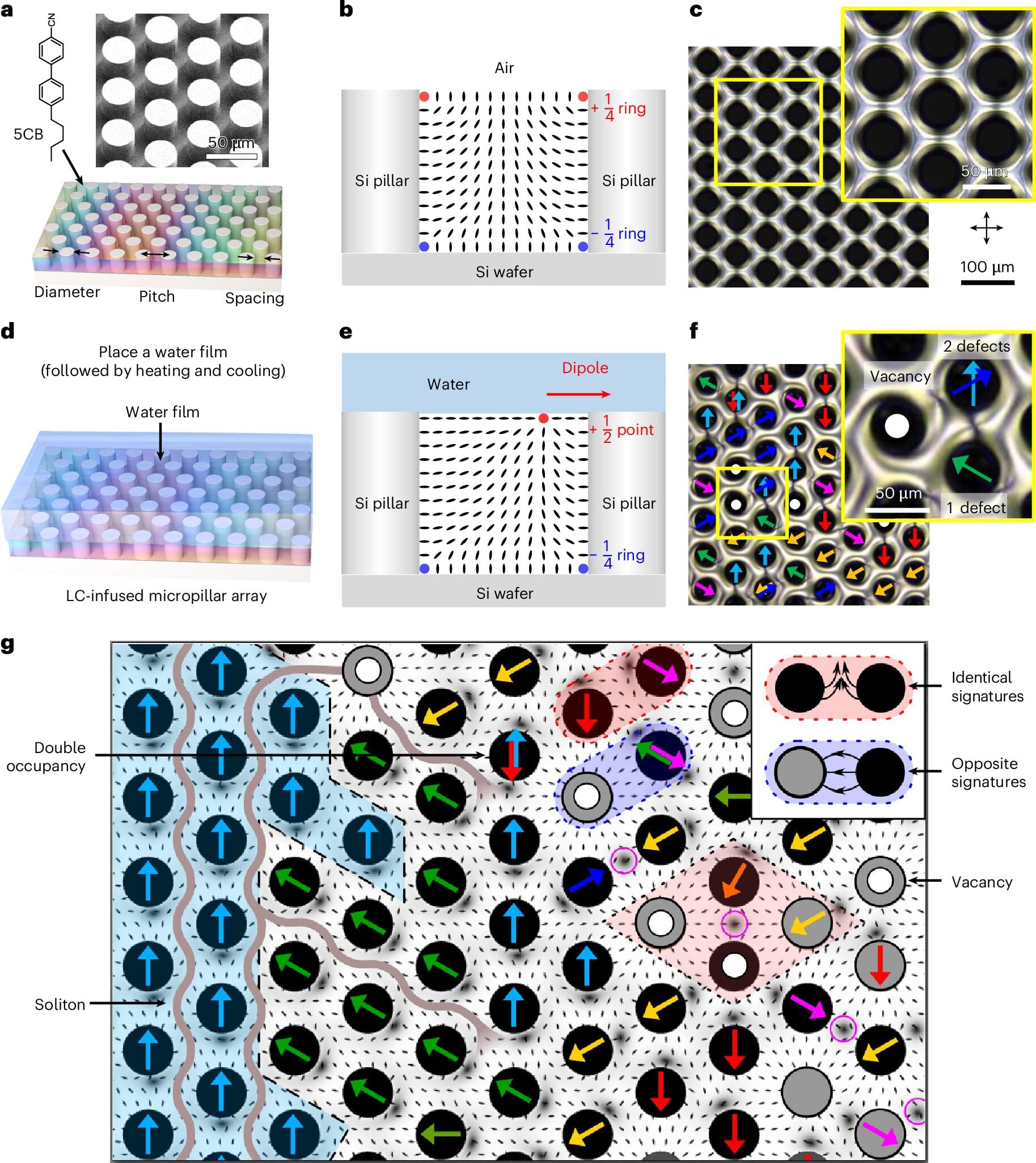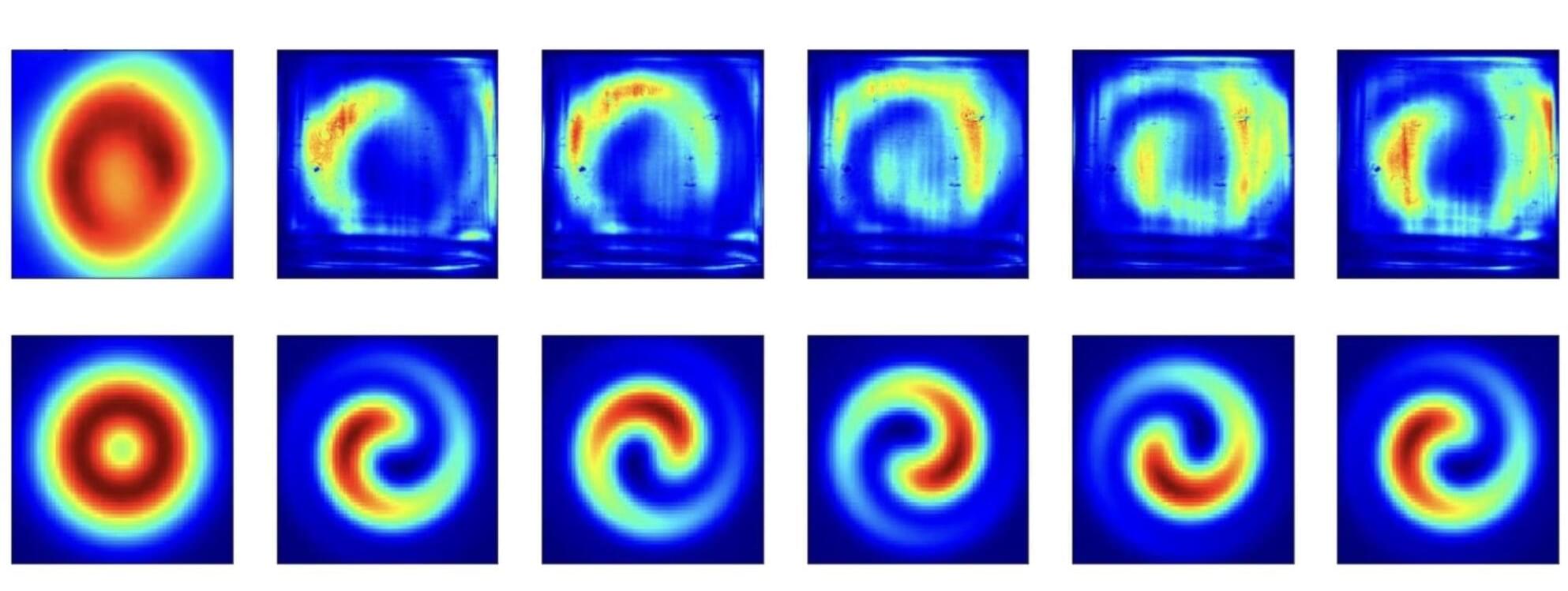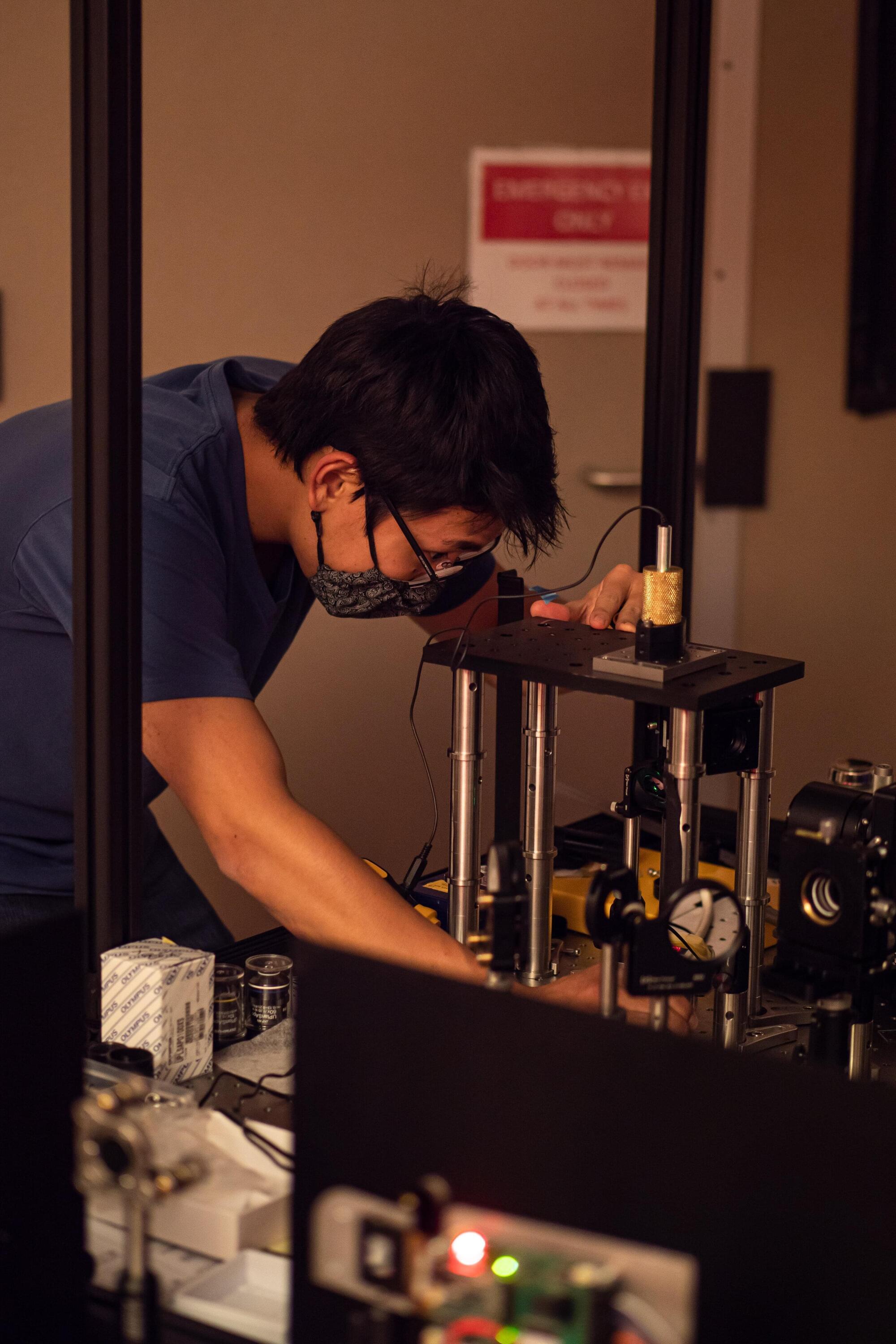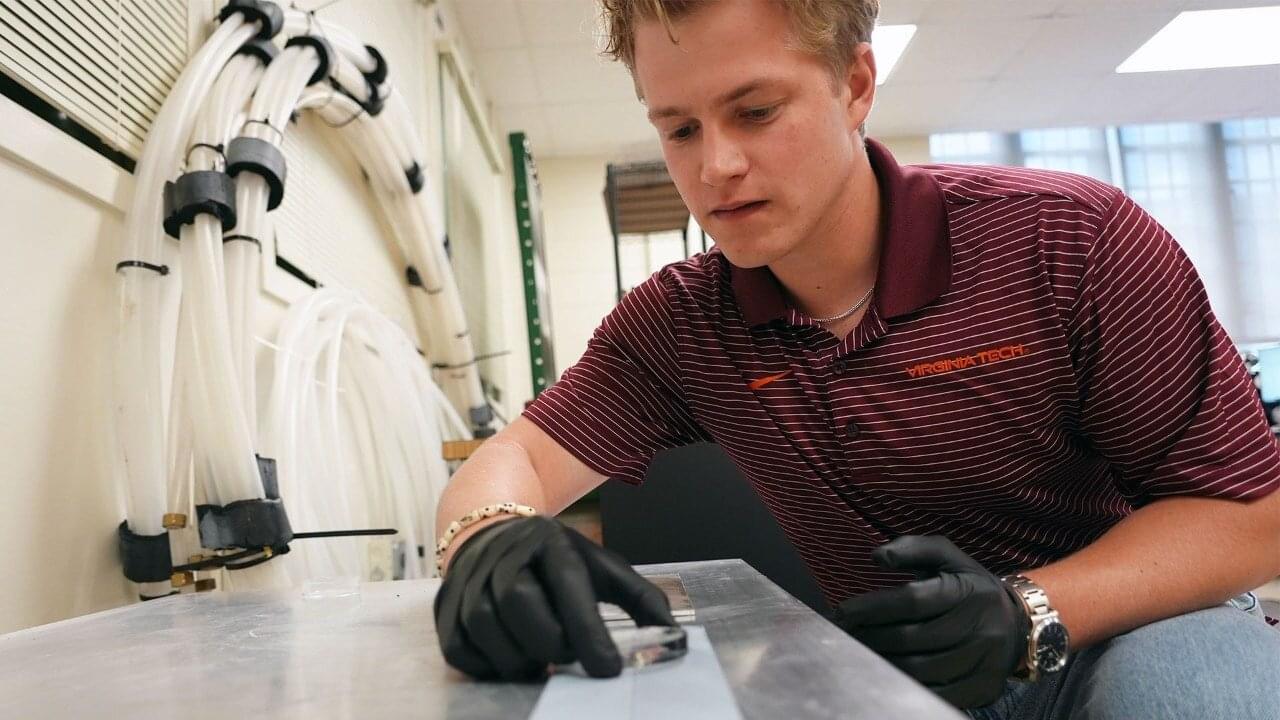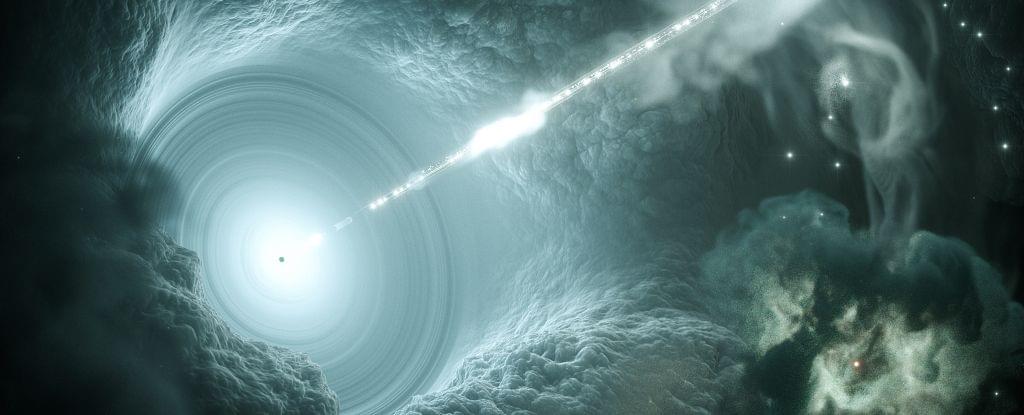In everyday life, continuously doing work on a system is found to heat it up. Rubbing your hands together warms them. Hammering a piece of metal makes it hot. Even without knowing the equations, we learn from experience: driving any system, whether by stirring, pressing, or striking, leads to a rise in the system’s temperature.
The same expectation holds for microscopic quantum systems: when we continuously excite a many-particle system, especially one with strong particle-particle interactions, we expect it to absorb energy and to heat up. But is this always the case, in particular at the quantum level?
No, says an experiment carried out by a team from Hanns-Christoph Nägerl’s group at the Department of Experimental Physics of the University of Innsbruck. The research has been published in Science.


